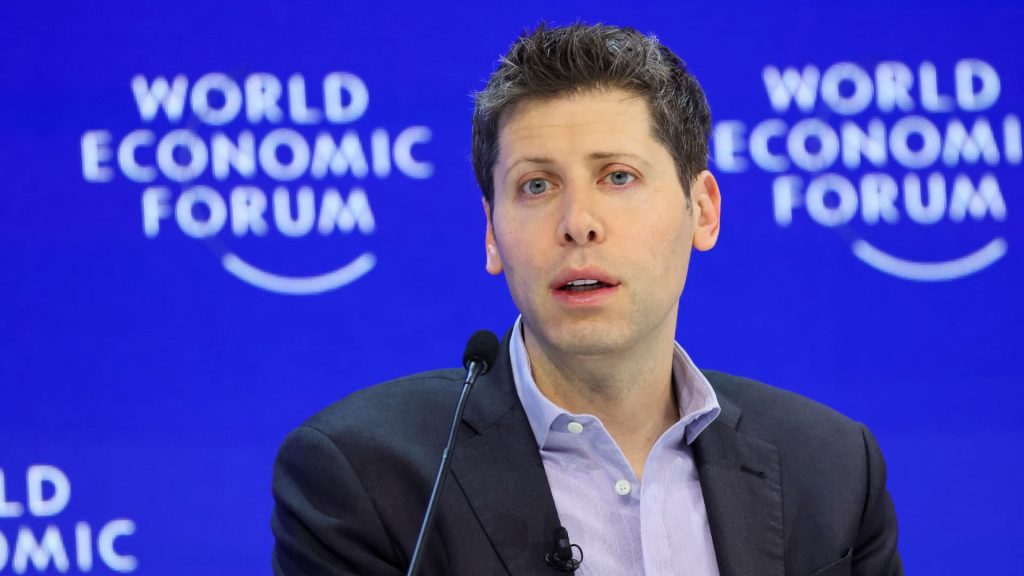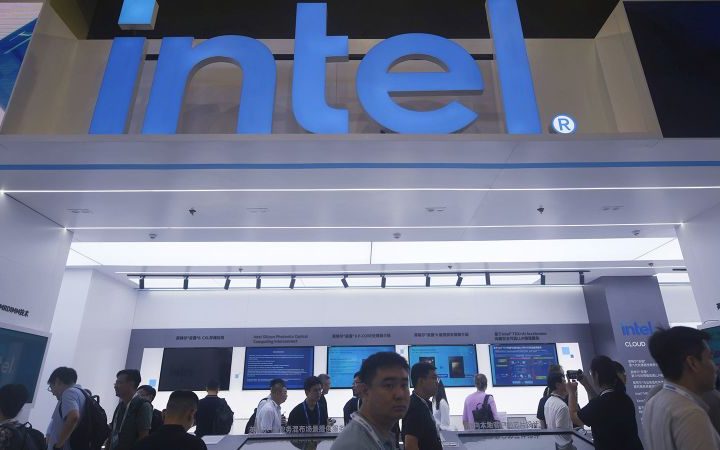What an absolute roller coaster ride. OpenAI, the ChatGPT maker that has been in management upheaval for more than four months, announced that its co-founder and CEO Sam Altman would return to its board of directors as part of a reshaped oversight team.
Altman’s return comes after an independent investigation found the board did not need to fire him in the first place. Altman in November was fired as CEO and director by the OpenAI board in a shocking dismissal of an executive who had become the face of AI in Silicon Valley. But in an equally surprising turn of events, Altman was rehired weeks later. At one point, OpenAI had three CEOs in the span of three days.
Since then, OpenAI has been in recovery mode, and its $13 billion partnership with Microsoft has grown even closer – Altman had worked for about a week at Microsoft after his ouster and before his return to OpenAI. That relationship has tightened Microsoft’s grip on the world’s most important emerging technology and given it sway over the company behind AI’s most impressive and famous consumer product.
OpenAI’s leadership, meanwhile, has been in flux. The company, after Altman’s return, fired the directors responsible for his ouster and hired economist Larry Summers, the former Obama and Clinton official, as well as Salesforce co-CEO Bret Taylor as chair. The only existing board member OpenAI had kept was Quora CEO Adam D’Angelo.
On Friday, OpenAI announced the appointment of four new directors: Altman, former Gates Foundation CEO Sue Desmond-Hellman, former Sony General Counsel Nicole Seligman, and Instacart CEO Fidji Simo.
“I am excited to welcome Sue, Nicole, and Fidji to the OpenAI Board of Directors,” Taylor said in a statement. “Their experience and leadership will enable the Board to oversee OpenAI’s growth, and to ensure that we pursue OpenAI’s mission of ensuring artificial general intelligence benefits all of humanity.”
OpenAI also announced the completion of an independent investigation into the circumstances surrounding Altman’s firing. The probe, conducted by law firm WilmerHale, concluded that Altman was fired for exactly the reason the board stated: a breakdown of trust between Altman and the board – not any concern for safety or security related to artificial intelligence, as some have speculated.
The investigation found that the board believed at the time that firing Altman would fix management challenges that had presented themselves, but it did not anticipate that letting Altman go would destabilize the company – hundreds of employees, representing nearly everyone who worked for OpenAI at the time, threatened to quit after Altman’s ouster, and they demanded his return.
WilmerHale also said that the board acted within its rights to fire Altman – but his unspecified behavior did not mandate his removal. It also said the board acted too quickly, giving key stakeholders like Microsoft no advanced warning and did not let Altman have time to defend himself or correct his behavior to meet its demands.
Although few details about what got Altman fired are known, OpenAI Chief Technology Officer – and CEO for a day – Mira Murati reportedly complained to the board about Altman’s management style, according to the New York Times. Chief Scientist Ilya Sutskever also was instrumental in his ouster, for which he later publicly apologized. Murati, too, later publicly backed Altman.
At a press conference Friday, Altman said he was disappointed by the leaks, because they do a “disservice to OpenAI’s mission,” but he said he supports Murati.
“Mira … has done an amazing job helping run this company,” he said. “I am immensely proud of the leaders I have hired here.”
Murati, in a post on X, said the previous board had tried to scapegoat her for OpenAI’s whirlwind of a November.
The interim board, reviewing the probe’s findings, said it believed Altman and co-founder Greg Brockman, who had also been fired in November, deserved to be rehired.
“We have unanimously concluded that Sam and Greg are the right leaders for OpenAI,” said Taylor in a statement.
The board also said it would improve the company’s governance structure in the wake of its turmoil. In addition to adopting a new set of guidelines to run the company, the board said it would strengthen its conflict-of-interest policy, create a whistleblower hotline for anonymous tipsters and develop new committees for the board to oversee the company’s strategy to ensure the company is achieving its mission.
Part of the reason behind the bizarre shakeup and reversal: OpenAI is an oddly structured company.
OpenAI was founded as a check on what the founders believed was a serious threat generative artificial intelligence posed to humanity. The company created a board of overseers to review any product the company created, and its products’ code was made public.
But Altman, Brockman and Sutskever in 2019 formed OpenAI LP, a for-profit entity that exists within the larger company’s structure. That for-profit company took OpenAI from worthless to a valuation of $90 billion in just a few years — and Altman is largely credited as the mastermind of that plan and the key to the company’s success.
The for-profit titan within a nonprofit, governed by a nonprofit board, is unique. It also got the company sued last week by co-founder Elon Musk, who claims that the company’s search for profit and board shakeup represented a breach of contract. OpenAI, in turn, published a handful of Musk’s emails that apparently contradict his stated belief that OpenAI could have and should have remained fully nonprofit.
Altman, in the press conference, praised the company’s employees for their determination to do good work throughout its turmoil. He also praised the new board, which he said he believes will “add a level of maturity.”
“The OpenAI team was so focused and resilient during this time,” he said. “I learned a lot from this experience … I’m eager to move forward with the new board members.”
“I am confident they will make significant contributions to the mission,” Altman added.
This story has been updated with additional developments and context.
Read the full article here






